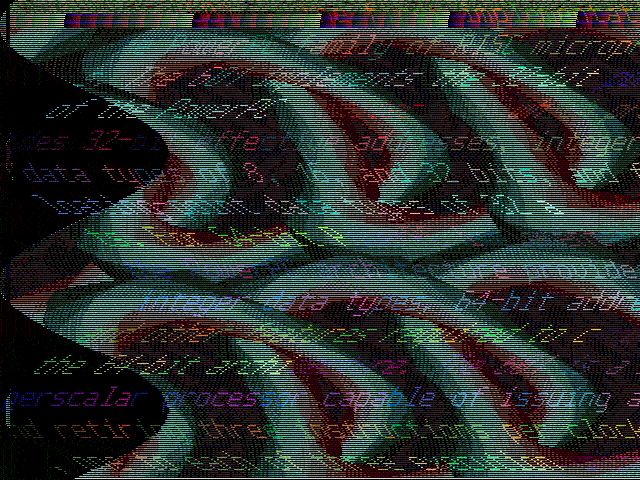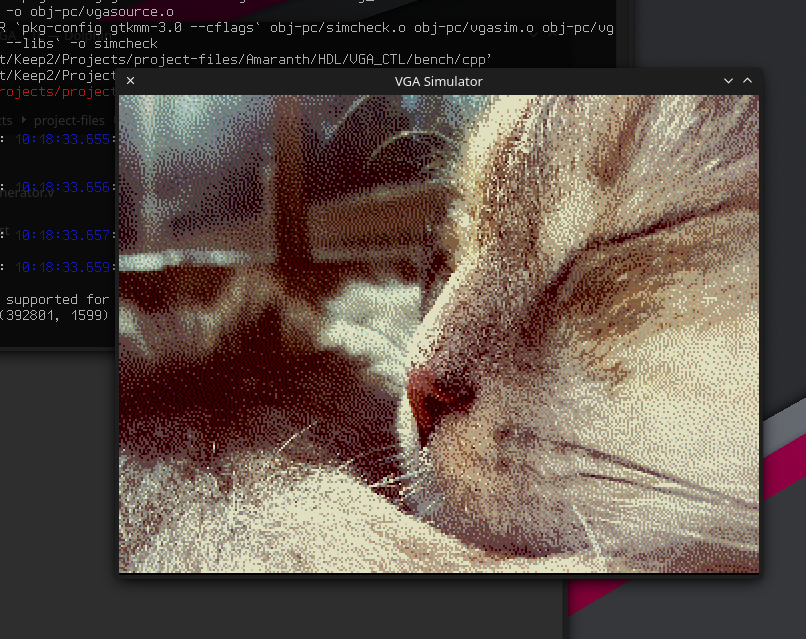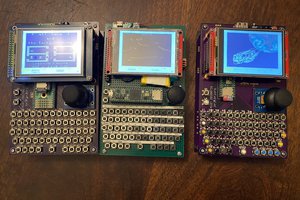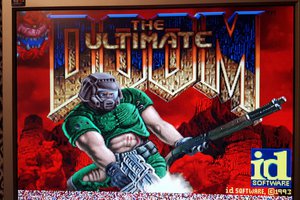The GitHub repository for the FPGA core itself can be found HERE. The core is what most of this project is focused on, but there will be a lot of hardware testing along with it.
Diapason : m68k homebrew with FPGA graphics
An m68k homebrew with an FPGA acting as a VGA graphics controller
 Carson Herrington
Carson Herrington


 The other stuff
The other stuff










 Jorj Bauer
Jorj Bauer
 Wenting Zhang
Wenting Zhang
 Matt Stock
Matt Stock
Hmm, I'd love the schematics in an editable form (KiCad, EagleCad) for not only this project but your other 68k project with the 68030. Looking to base myself on both these designs and work from there on my own custom DIY approach. Can you drop a link?